Sacramento Region Big Day of Giving is May 1, 2025. Learn More.

A conversation with Stacy Caldwell, CEO of Tahoe Truckee Community Foundation
 LOCAL NEWS
LOCAL NEWS
Add shaky planes, weather delays and cancellations to our new reality under unfriendly warming skies. By Mark Schapiro, Capital & Main This story is produced...
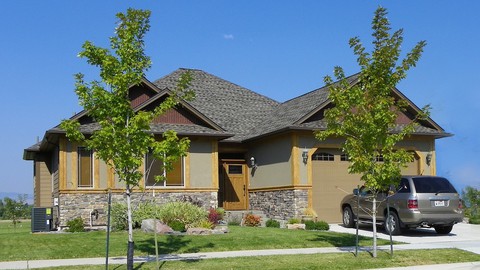
Zoning laws that restrict new housing development cause environmental damage, racial and class segregation, and force people into cars creating traffic. Now, a new movement wants to abolish zoning in the United States.
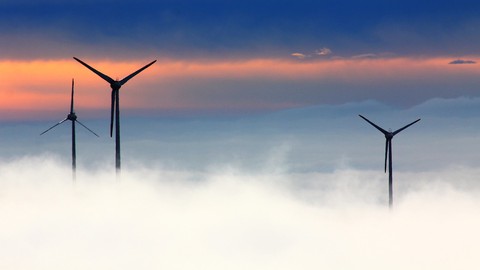
Renewable energy sources provided 37 percent of California electricity in 2021, a new record for the state as it moves toward its 2045 goal of 100 percent clean energy. Battery storage will play a huge role in reaching that goal.
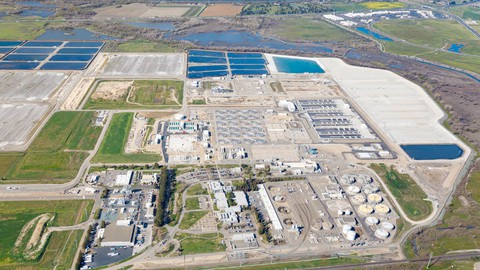
The Sacramento region is home to one of the West’s largest inland wastewater plants. Now, a new treatment system makes its discharge into the Delta dramatically cleaner.
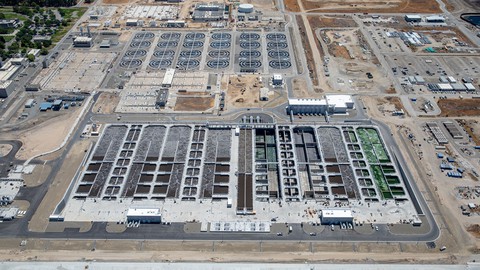
After launching an advanced wastewater treatment system, Regional San will focus on an initiative to produce water for landscape and agricultural irrigation.
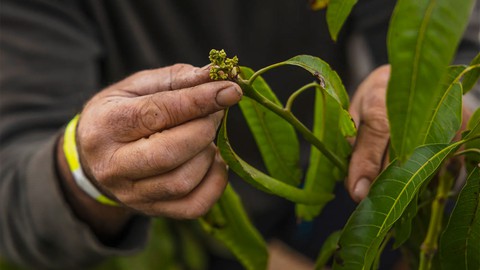
The future of farming in California is changing as the planet warms, altering the rain and heat patterns that guide which crops are grown where. “We’re adjusting for survival,” one grower said.
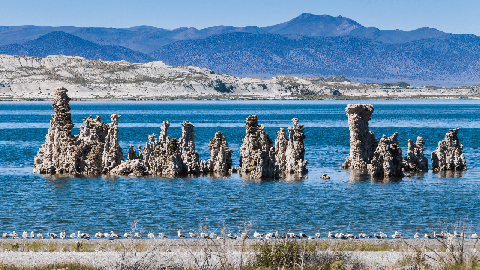
A sizeable coalition has called for California's water regulator to take emergency measures to protect Mono Lake and suspend diversions to Los Angeles.
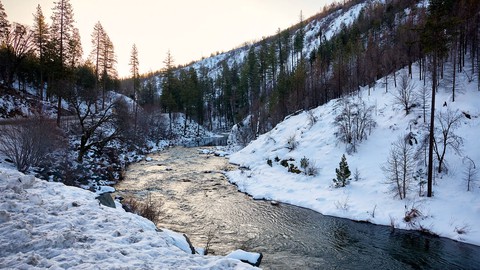
When warm storms melt snowpack early, reservoir managers must release water to prevent flooding—which sends this precious resource into the ocean.
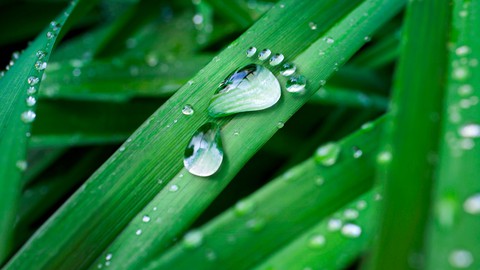
Don’t just be a spectator in the fight against climate change. Here are some small steps you can take to reduce your carbon footprint.
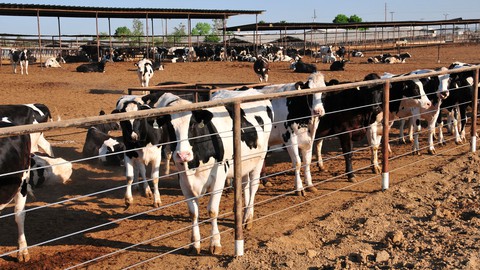
California is a leading producer of agricultural crops. So it’s not surprising to find cutting-edge ideas taking root here.
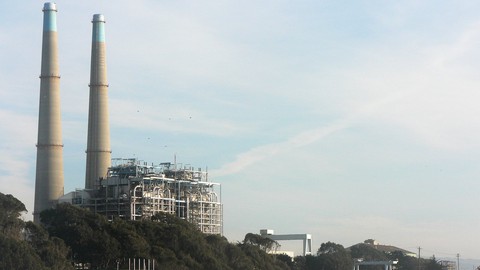
Solar power, and a network of giant battery storage facilities, are playing an essential role in moving California toward its goal of exclusive reliance on renewable energy sources.
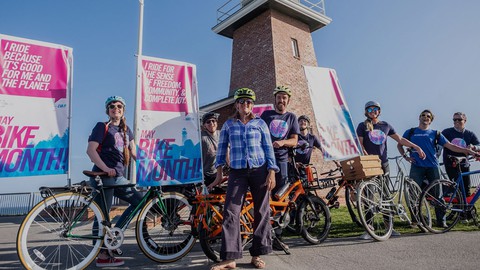
For half a century, this group has reduced waste, reimagined local transportation and redesigned buildings. It’s all part of Ecology Action’s quest for sustainability.
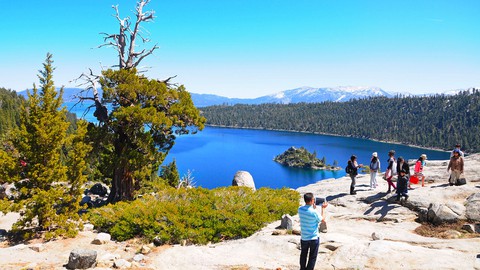
Tahoe is majestic and awe inspiring with its jagged mountain peaks, thick forests, swift-running rivers and hundreds of glacial and alpine lakes.
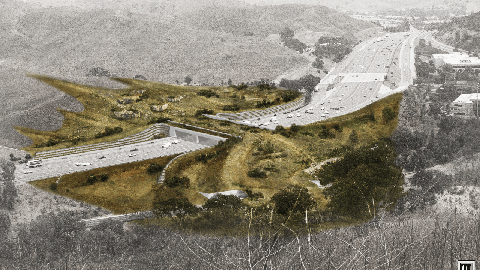
The Wallis Annenberg Wildlife Crossing, which will help pumas in the Santa Monica Mountains cross 10 lanes of Highway 101, will be the largest in the world.
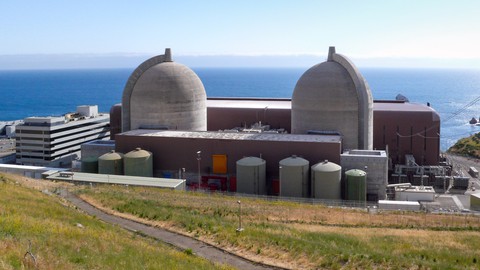
California may soon shut down its last nuclear power plant, but Gov. Gavin Newsom who once championed the closure has had a change of heart. Federal funds may now keep the plant running.
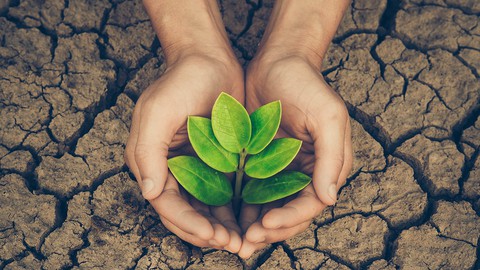
LA Times staff writer Louis Sahagun reports from the front lines of the battle to preserve California’s most endangered species.
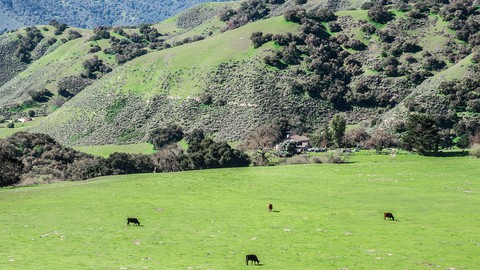
What do resource conservation districts protect? Pretty much everything that’s worth saving.
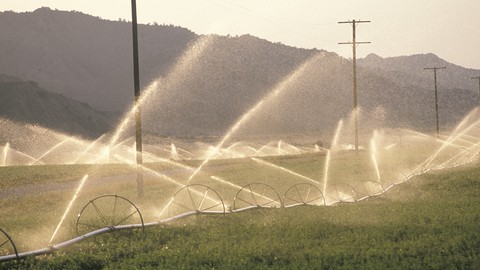
Residential wells are drying up in the state’s main agricultural region at the same time that agricultural businesses consume almost 90 percent of the water there.
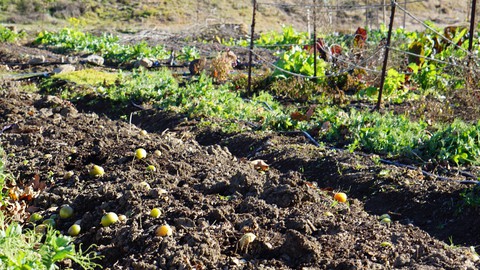
Californians Against Waste was one of the main advocates behind SB 1383, which requires California to divert 75 percent of its organic waste from landfills. California Local talked to CAW’s Nick Lapis to learn more about what it does and …